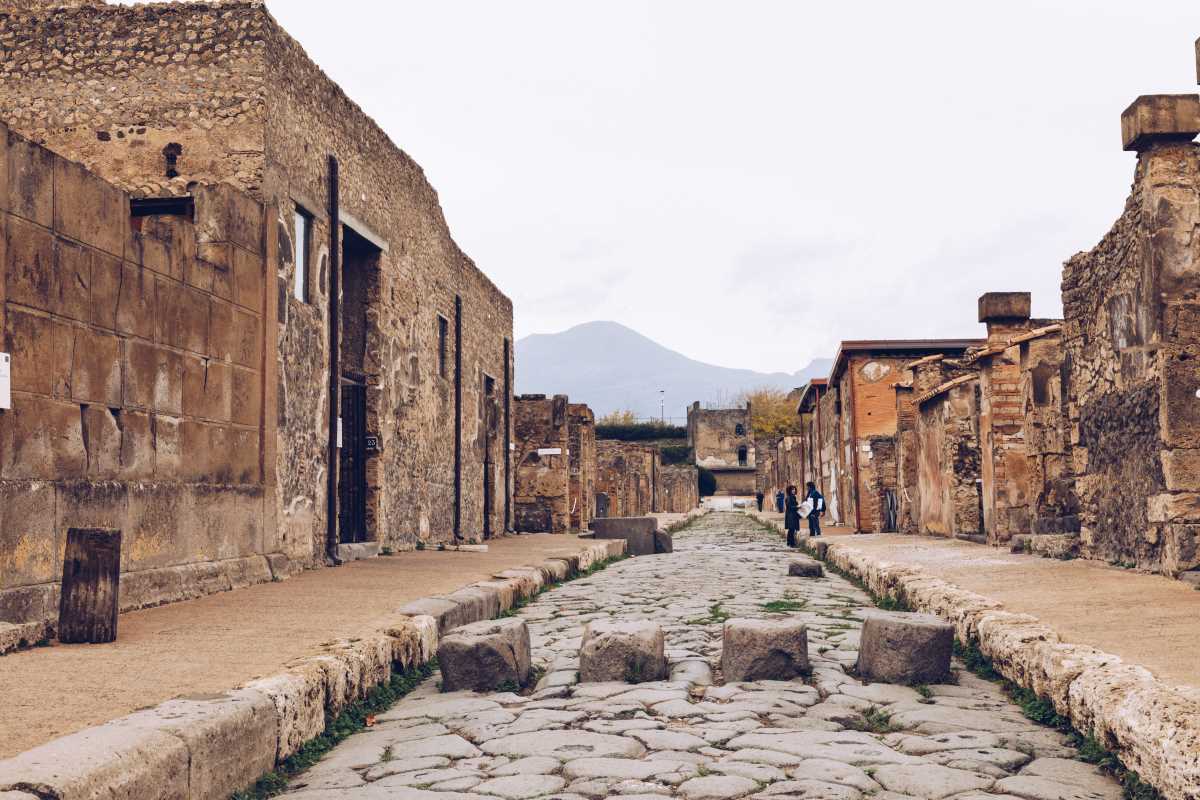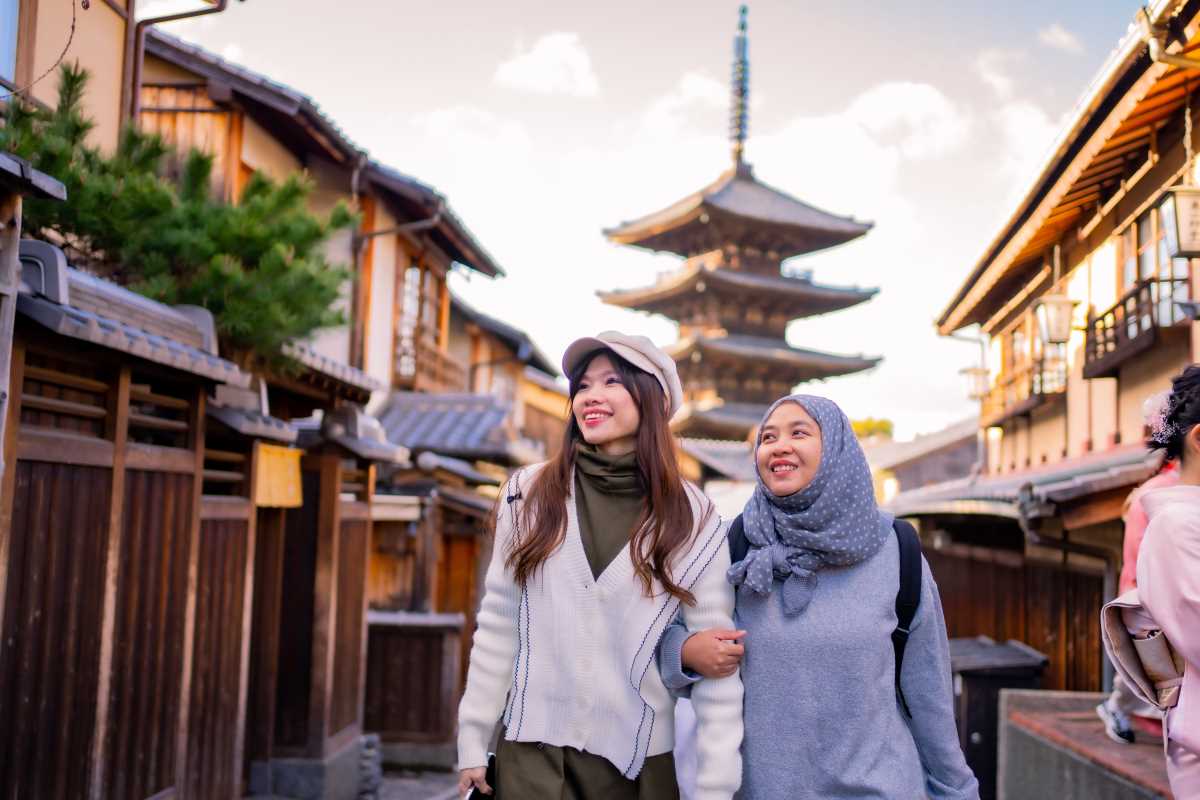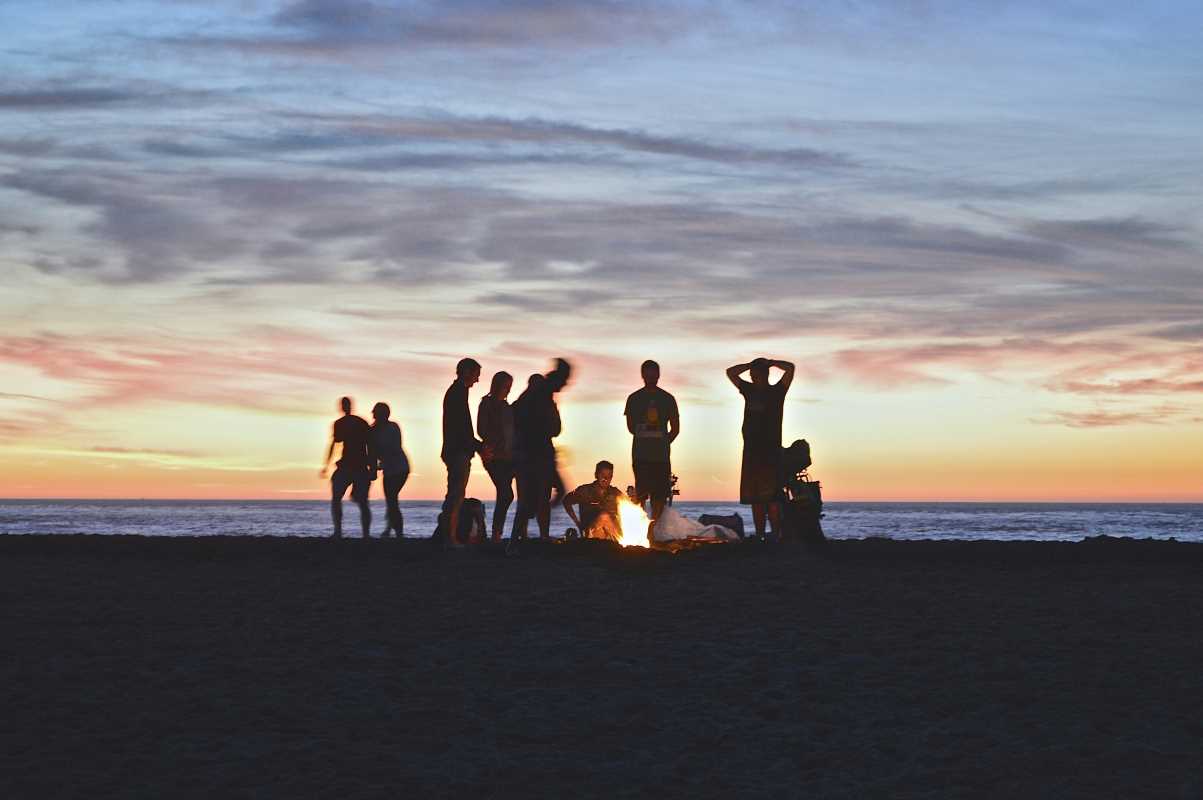Exploring centuries-old landmarks offers an undeniable sense of awe, yet the most memorable discoveries often wait beyond crowded routes. Tracing your fingers over ancient carvings that few have noticed or listening to quietly shared legends from a lifelong resident can reveal stories that guidebooks overlook. Back alleys, small workshops, and fields left out of most itineraries hold unexpected treasures and histories that invite deeper understanding. Every turn off the main thoroughfare opens up a chance for a real encounter with the past, forging memories that last well after you leave the shadow of well-known ruins.
This journey demands curiosity and a willingness to detour from familiar icons. You’ll step off dusty promenades to spot weathered symbols that speak of ancient rituals. You might slip through an iron gate into a courtyard where artisans still practice techniques passed down through generations. In these moments, you become part of an unfolding story, adding your own impressions to the tapestry of a place.
Discovering Heritage with a New Perspective
Think of heritage as a living museum where each threshold you cross changes your understanding. When you leave the well-worn tracks behind, you notice carvings bathed in afternoon light, hidden behind shrubs, or hear a distant bell calling workers to a centuries-old forge. These fragments exist beyond the neatly organized itineraries, waiting for a curious explorer to interpret their meanings.
Local storytellers often keep memory alive in unexpected corners. In a quiet village square, you might encounter an elder who recalls a secret festival honoring stone gods. In a family workshop, an artisan shows you a stencil used to decorate temple columns, explaining how each pattern held meaning for the original craftsmen. Such encounters introduce nuance, revealing how daily life and sacred traditions intertwined long ago.
By seeking out lesser-known windows into the past, you turn passive sightseeing into active discovery. You’ll learn to read the weathered inscriptions yourself, trace the path of seasonal pilgrimages across crumbling thresholds, and appreciate the shifts in cultural expression from century to century. Each vignette enriches your view, reminding you that history breathes in hidden spaces and everyday rhythms around heritage sites.
Building Local Connections
- Invite a regional artisan to demonstrate traditional techniques, then sketch or photograph each step to deepen your understanding of local craftsmanship. Ask about the materials and tools under soft workshop light and observe the subtle hand movements that generations refined. This approach fosters respect for original makers and sparks insights into historical daily life.
- Attend an evening gathering at a neighborhood community hall where elders share folklore related to nearby ruins. Listen for repeated motifs—like a protective deity or a harvest ritual—that echo in temple carvings. Write down key phrases they repeat, then follow their guidance to spots in the landscape where those stories first took shape.
- Seek out a volunteer effort restoring a small structure. Spend a morning clearing debris beside conservationists. As you lift stones or brush away moss, the project leader explains traditional mortar recipes and architectural techniques. Handling original materials gives tactile knowledge that no tour can provide.
Designing Unusual Routes
- Plan a zigzag route between clustered monuments instead of a straight walk. Use topographic layers on a handheld map to note ridge lines and old cart tracks. This detour often uncovers secluded shrines perched above olive groves or disused quarries where local legends live in stone hollows.
- Combine public transport with short hikes. Catch a local bus to an overlooked village, then follow footpaths that connect hilltop chapels. Along these trails, you’ll pass communal ovens and wells where faded reliefs hint at vanished festivals. Each step puts you in the footsteps of worshipers from centuries past.
- In the early hours before crowds arrive, cycle narrow backroads connecting minor monuments. The soft glow of dawn highlights surface details—chiseled signatures, tool marks, and weathered patterns you might otherwise overlook. Pack a small picnic to pause by a secluded ruin, savoring the silence and the view.
Exploring on Your Own
1. Connecting with Local Experts
- Purpose: Gain intimate knowledge of customs and hidden locations.
- Steps:
- Find regional guides or academics via community boards or online forums.
- Arrange companionship into lesser-known ruins with a small fee or by sharing supplies like water/snacks.
- Spend time in a local café exchanging stories and planning visits to trusted off-limit spots.
- Cost/Notes: Cover a modest stipend or the guide’s expenses.
- Insider Tip: Offer to share your photographs or sketches afterward to show respect for their expertise.
2. Mapping Routes Spontaneously
- Purpose: Discover unmarked relics and vernacular architecture.
- Steps:
- Carry a compass and a locally printed map.
- Ask villagers for informal directions to ancient wells, chapels, or ancestral homes.
- Adjust your course based on natural markers like rivers or rock outcrops.
- Cost/Notes: Minimal—map and compass only.
- Insider Tip: Keep a small notebook to record unexpected finds for future visits.
3. Sketching Artifacts and Inscriptions
- Purpose: Sharpen observation skills and preserve faint imagery.
- Steps:
- Bring a compact sketchbook and pencils.
- Trace surface features, focusing on proportions and motifs.
- Annotate each drawing with location, weather, and local comments.
- Cost/Notes: Under $10 for basic supplies.
- Insider Tip: Use a soft graphite pencil for shading that reveals erosion patterns.
4. Participating in Seasonal Events
- Purpose: Experience living heritage in context.
- Steps:
- Inquire at municipal offices about village festivals or harvest rites.
- Join lantern carriers, drummers, or processions to gain insider access.
- Record sequences of rites to understand local rhythms.
- Cost/Notes: Usually free; small donations are welcomed.
- Insider Tip: Dress modestly in attire aligned with local customs to blend in respectfully.
5. Joining Archaeological Volunteer Programs
- Purpose: Observe excavation techniques and contribute to preservation.
- Steps:
- Check heritage websites for volunteer opportunities.
- Enroll in half-day sessions requiring no prior experience.
- Assist professionals with cleaning and cataloging fragments.
- Cost/Notes: Often donation-based, covering tools and equipment.
- Insider Tip: Wear sturdy gloves and closed-toe shoes for safe handling.
Using Technology to Deepen Your Experience
Augmented reality apps can reveal lost patterns and structures, turning ruins into vivid reconstructions. Pair audio guides with geolocation to hear local legends as you move through sites. By blending technology with exploration, you uncover hidden stories and create memories far beyond what guidebooks provide.
 (Image via
(Image via





